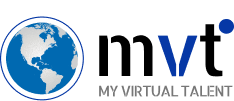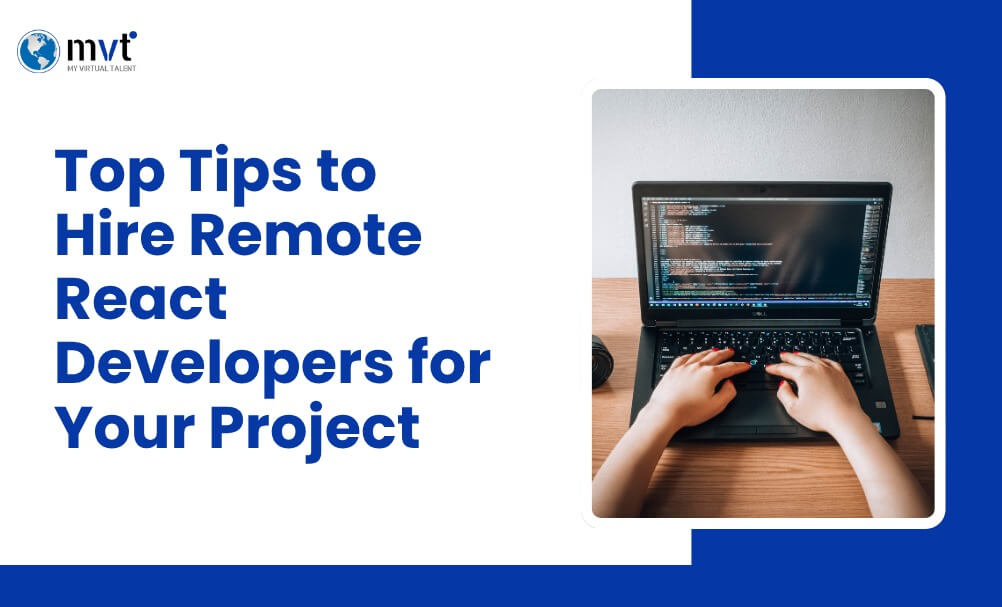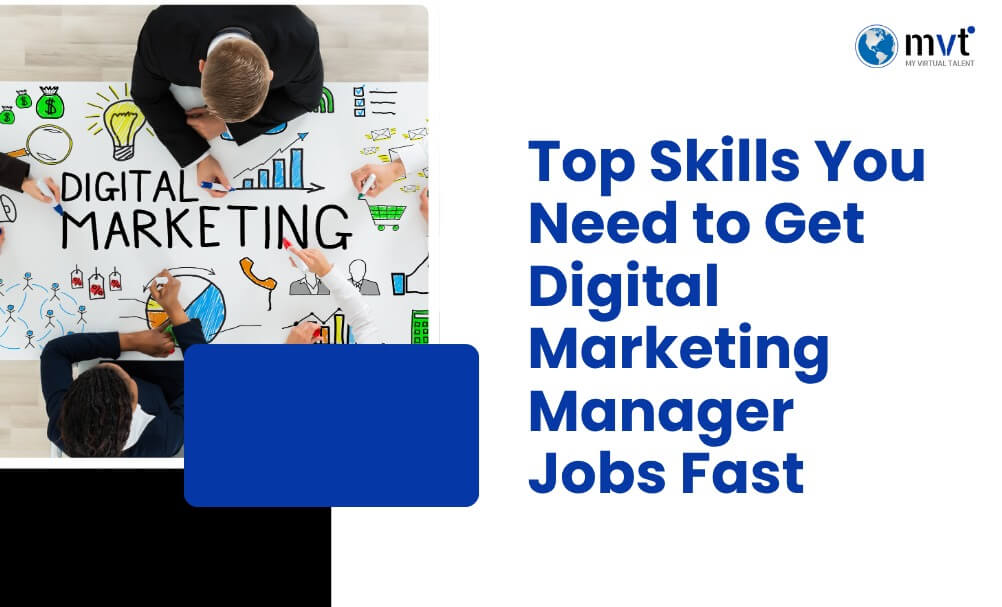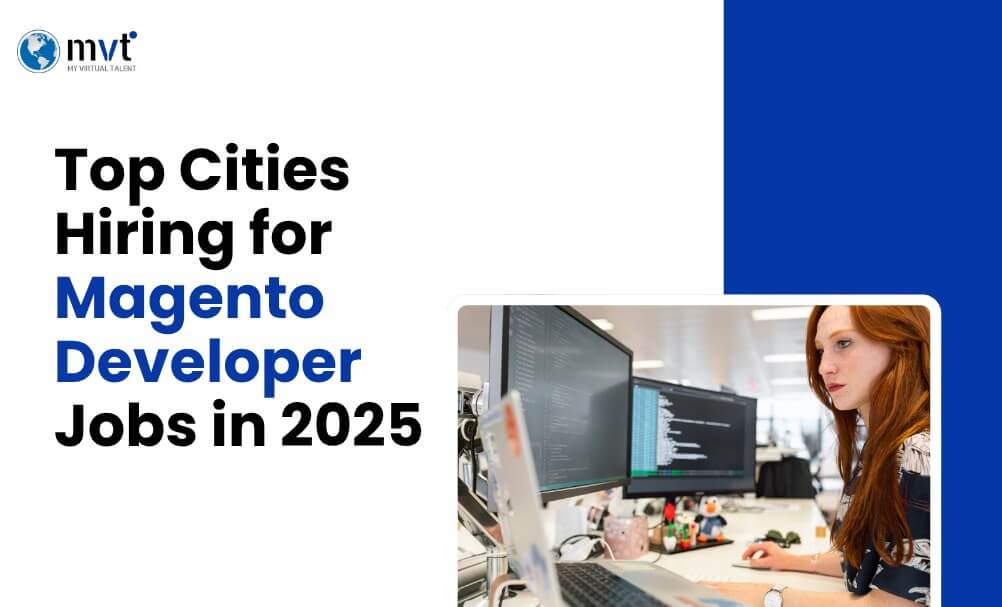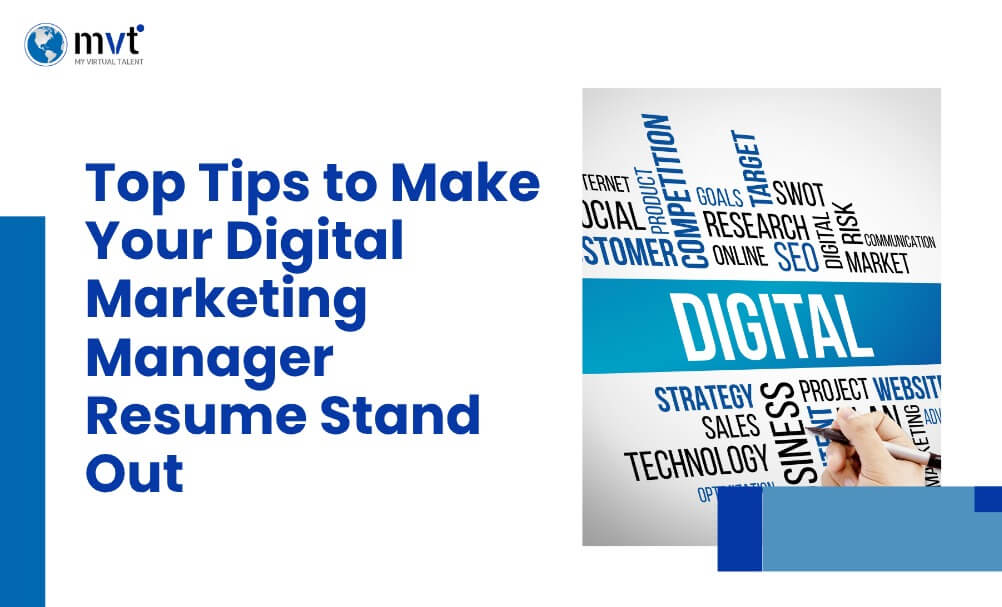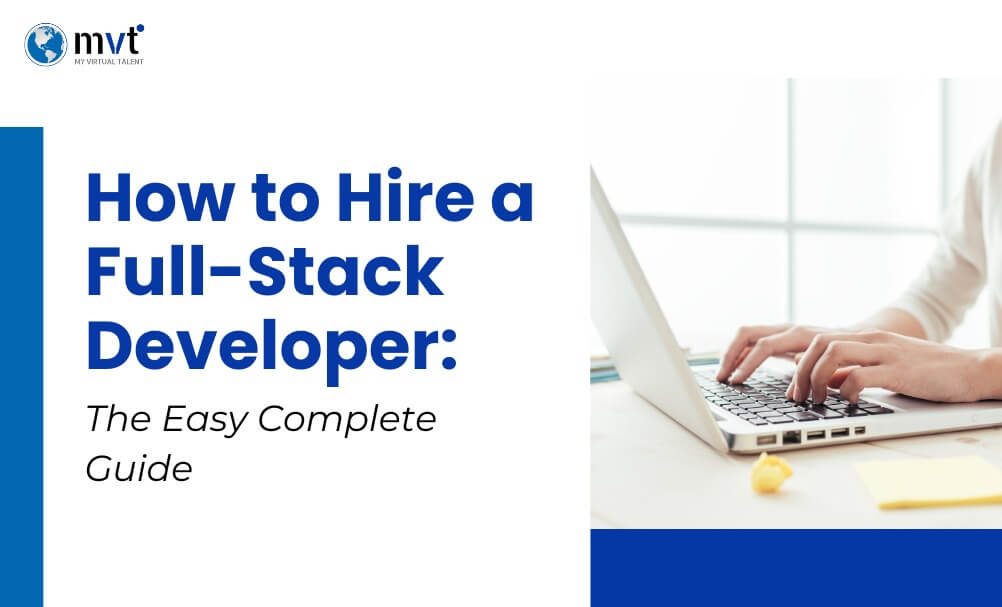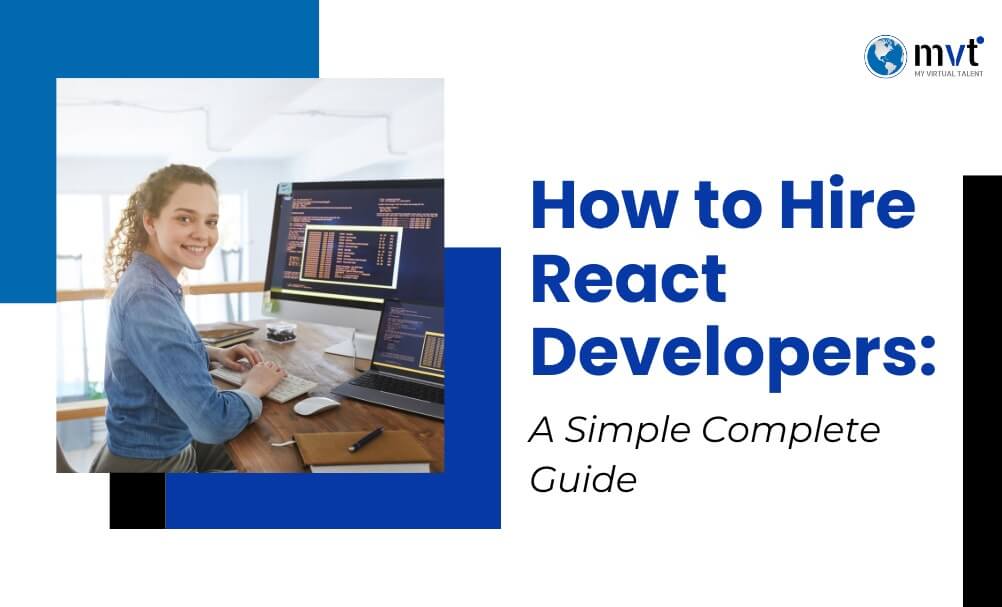
The demand to hire React developer talent has grown rapidly in recent years. According to the 2023 Stack Overflow Developer Survey, React is still the most popular web framework among developers. Leading companies like Facebook, Instagram, Netflix, and countless startups depend on React to build fast, smooth, and engaging user experiences.
However, the challenge lies in finding and hiring the right developer. With so many businesses competing for the same skilled professionals, attracting top talent can feel difficult. The key is to follow a structured process that helps your company stand out.
This guide will walk you step by step through how to hire React developer successfully. You’ll learn how to clearly define role requirements, write strong job descriptions, and find skilled candidates in the right places. It will also cover what technical skills to test and how to design interviews that uncover true abilities.
What is a React Developer, and Why Do You Need One?
React is a powerful JavaScript library created by Facebook for building modern user interfaces on web and mobile platforms. When you hire React developer talent, you bring in someone skilled at creating dynamic, interactive components that shape how users experience your product.
A React developer focuses on the frontend, the part users see and engage with daily. From simple buttons and forms to complex dashboards and data-driven visuals, their work directly affects usability, performance, and customer satisfaction.
The advantages of React are clear:
- Component-based design allows for reusable code, saving time and money.
- Virtual DOM boosts performance by updating only the parts that change.
- Large ecosystem offers powerful tools and libraries.
- SEO-friendly features, like server-side rendering, help improve search visibility.
Well-known platforms like Facebook, Instagram, Netflix, Airbnb, and WhatsApp showcase React’s strength. Hiring the right developer ensures your project benefits from these same proven advantages.pp Web all leverage React’s capabilities.
Some Of The Steps To Hire React Developers:
Step 1: Defining Your Project and Role Requirements
Before posting a single job listing, get crystal clear on what you need. The more specific you are about your requirements, the better candidates you’ll attract.
Experience Levels and Responsibilities
Junior React Developer (0-2 years experience)
- Builds basic components following existing patterns
- Implements designs provided by senior developers
- Fixes bugs and handles simple feature requests
- Learning advanced React concepts like hooks and context
Mid-Level React Developer (2-5 years experience)
- Architects component structures independently
- Makes technical decisions about state management
- Mentors junior developers
- Optimizes performance and handles complex integrations
Senior React Developer (5+ years experience)
- Leads technical architecture decisions
- Designs scalable frontend systems
- Conducts code reviews and establishes best practices
- Collaborates with backend teams on API design
Hiring Models to Consider
When you plan to hire React developer, choosing the right hiring model is important. Each option has benefits depending on your project needs.
Full-time Employee
Ideal for long-term projects or core product development. Though the cost is higher, you gain dedicated focus, cultural alignment, and lasting knowledge within your team.
Freelancer/Contractor
Perfect for short-term work, filling skill gaps, or building quick prototypes. This model is flexible and often cheaper, but you must define the scope clearly to avoid issues.
Development Agency
Best for complete outsourcing when you lack in-house technical management. Agencies handle everything, though you may have less control over individual developers.
Project Definition Checklist
Before recruiting, write down:
- Project Goals – What problem will they solve?
- Timeline – When must it be done?
- Budget – Salary or project range?
- Tech Stack – Will they use tools beyond React?
- Team Structure – Independent or collaborative role?
- Success Metrics – How will you measure results?
Clear planning makes it easier to hire the right React developer confidently.
Step 2: Crafting the Perfect Job Description
Your job description serves as both a magnet for great candidates and a filter for those who aren’t the right fit. A well-written posting can cut your screening time in half.
Essential Components
Job Title
Be specific and searchable. “Senior React Developer” attracts better candidates than “Web Developer.” Include your company name and any standout benefits: “Senior React Developer – Remote OK – Equity Package”
Company Overview
Sell your mission and culture in 2-3 sentences. Developers want to know they’re building something meaningful: “We’re building the future of sustainable energy through smart home technology. Our team of 20 engineers values clean code, continuous learning, and work-life balance.”
Role Responsibilities
List day-to-day tasks clearly:
- Build responsive user interfaces using React and modern JavaScript
- Collaborate with designers to implement pixel-perfect designs
- Optimize application performance and ensure cross-browser compatibility
- Participate in code reviews and contribute to technical documentation
Technical Skills (Must-Haves)
- Proficiency in React (including hooks, context, and component lifecycle)
- Strong JavaScript (ES6+) fundamentals
- Experience with HTML5, CSS3, and responsive design
- Knowledge of state management (Redux, Zustand, or Context API)
- Familiarity with RESTful APIs and asynchronous programming
Technical Skills (Nice-to-Haves)
- TypeScript experience
- Next.js or other React frameworks
- Testing libraries (Jest, React Testing Library)
- UI/UX design principles
- GraphQL knowledge
Soft Skills
- Strong problem-solving abilities
- Excellent communication skills for remote collaboration
- Self-motivated with attention to detail
- Experience working in agile development environments
Good vs. Bad Job Description Example
Bad Example:
“Looking for a React developer to work on our website. Must know JavaScript and be able to work fast. Competitive salary.”
Good Example:
“Senior React Developer – FinTech Startup
We’re revolutionizing small business banking with intuitive financial tools. Join our team of 8 engineers building products used by 50,000+ businesses.
You’ll build our customer dashboard using React, TypeScript, and our GraphQL API. This role offers significant ownership over user experience and technical architecture decisions.
Must-haves: 4+ years React experience, TypeScript proficiency, state management expertise
Nice-to-haves: FinTech experience, Next.js knowledge, design system experience
We offer competitive salary ($90-120k), equity, full remote work, and professional development budget.”
The good example specifies experience level, provides context about the company’s impact, describes the actual work, and includes concrete compensation details.
Step 3: Where to Find React Developers
Your sourcing strategy should cast a wide net while targeting quality candidates. Different platforms attract different types of developers.
Job Boards and Platforms
General Job Boards
- LinkedIn: Best for reaching passive candidates through direct outreach
- Indeed: High volume but requires careful filtering
- Glassdoor: Candidates often research company reviews here first
Tech-Specific Platforms
- Stack Overflow Jobs: Attracts developers who are actively learning and problem-solving
- Arc.dev: Pre-vetted remote developers, particularly strong for freelance and contract work
- Hired: Reverse job board where developers apply to your role
Freelance Platforms
- Toptal: Premium marketplace claiming the top 3% of freelance talent
- Upwork: Large talent pool but requires careful vetting
- Freelancer: Budget-friendly option with varying quality levels
Community and Networking Approaches
GitHub
Search for developers with active React repositories. Look for:
- Recent contributions to React projects
- Clean, well-documented code
- Consistent commit history
- Contributions to open-source React libraries
Developer Communities
- Reddit (r/reactjs, r/javascript): Engage with developers answering technical questions
- Discord/Slack communities: React-specific groups often have job channels
- Twitter/X: Follow React developers and engage with their content
Local Events
- Meetups: React and JavaScript meetups in your city
- Conferences: ReactConf, JSConf, and local tech conferences
- Hackathons: Great way to see developers solve problems in real-time
Platform Comparison
| Platform | Pros | Cons | Best For |
|---|---|---|---|
| Arc.dev | Pre-vetted, fast matching | Higher cost, limited to remote | Remote teams, quick hires |
| Large network, passive candidates | Time-intensive outreach | Building long-term pipeline | |
| Stack Overflow | Technical community, quality candidates | Lower application volume | Senior developers |
| Upwork | Cost-effective, large pool | Requires extensive screening | Short-term projects |
Step 4: The Vetting and Interview Process
A structured interview process helps you evaluate candidates consistently while respecting their time. Most successful companies use a 4-stage approach:
Stage 1: Resume Screening (15 minutes per candidate)
Look for these key indicators:
- React experience duration: Does their timeline match your requirements?
- Project complexity: Have they built applications similar to yours?
- Technology stack alignment: Do they have experience with your tools?
- Career progression: Are they growing in responsibility and skills?
- Communication quality: Is their resume well-written and organized?
Red flags to watch for:
- Gaps in employment without explanation
- Job-hopping (multiple 6-month stints)
- Overly generic project descriptions
- Claiming expertise in every technology
Stage 2: Initial Screening Call (30 minutes)
This call assesses cultural fit and basic qualifications:
- Motivation: Why are they interested in your company and role?
- Communication: Can they explain technical concepts clearly?
- Availability: When can they start? What are their time zone preferences?
- Compensation expectations: Are you aligned on salary range?
- Work style: Do they prefer collaborative or independent work?
Stage 3: Technical Interview (60-90 minutes)
Choose the format that best matches your team’s needs:
Live Coding Challenge
Ask candidates to solve a problem in real-time while sharing their screen. This reveals their thought process and debugging skills.
Sample problem: “Build a component that fetches and displays a list of users from an API, with loading and error states.”
Take-Home Assignment
Provide a realistic coding challenge they can complete on their own time. This shows how they approach larger problems without time pressure.
Sample assignment: “Build a todo application with add, edit, delete, and filter functionality using React hooks.”
System Design Questions
For senior developers, ask them to architect a React application from scratch.
Sample question: “Design a real-time chat application using React. How would you handle message history, online status, and performance with 1000+ users?”
Sample Technical Questions
React-Specific Questions:
- “Explain the virtual DOM and why React uses it”
- “What’s the difference between state and props?”
- “When would you use useEffect vs useLayoutEffect?”
- “How would you optimize a React component that re-renders frequently?”
JavaScript Fundamentals:
- “Explain closures and provide a practical example”
- “What’s the difference between == and === in JavaScript?”
- “How does async/await differ from Promises?”
Problem-Solving Questions:
- “Walk me through how you would debug a React component that’s not rendering”
- “Describe a challenging technical problem you solved recently”
Stage 4: Final Interview (45 minutes)
Include senior team members or stakeholders to assess:
- Technical depth: Can they discuss complex architectural decisions?
- Team collaboration: How do they handle disagreements or feedback?
- Cultural fit: Will they thrive in your work environment?
- Growth potential: Are they continuously learning and improving?
Step 5: Making an Offer and Onboarding
Once you’ve identified your ideal candidate, move quickly. Top React developers often receive multiple offers simultaneously.
Constructing a Competitive Offer
Base Salary Research
Use resources like:
- Arc.dev’s salary explorer for remote developer rates
- Levels.fyi for technology company compensation data
- Glassdoor for local market rates
- Stack Overflow’s developer survey for industry benchmarks
Total Compensation Package
Consider including:
- Equity/Stock Options: Particularly attractive for startup candidates
- Benefits: Health insurance, dental, vision coverage
- Flexible Work: Remote work options, flexible hours
- Professional Development: Conference budget, online course subscriptions
- Equipment: Laptop, monitor, desk setup stipend
- Unique Perks: Sabbatical programs, wellness stipends, team retreats
Moving Quickly in a Competitive Market
Timeline Best Practices:
- Respond to candidate applications within 24 hours
- Complete your interview process within one week
- Make offers within 48 hours of final interviews
- Allow 3-5 business days for candidate decision
Offer Presentation
Present offers personally via phone call, followed by written details. Explain:
- Why you’re excited to work with them specifically
- How they’ll contribute to company goals
- Growth opportunities and career path
- Timeline for their response
Successful Onboarding Process
Pre-Start Preparation:
- Send welcome package with company swag and equipment
- Set up development environment access and accounts
- Create onboarding checklist and timeline
- Assign onboarding buddy or mentor
First Week Goals:
- Complete administrative tasks (paperwork, security setup)
- Meet key team members and stakeholders
- Review codebase architecture and development processes
- Set up local development environment
- Ship first small contribution (bug fix or minor feature)
First Month Milestones:
- Complete training on company processes and tools
- Take ownership of first significant feature or project
- Participate in code reviews and team meetings
- Establish regular check-ins with manager
Build Your Dream Development Team
To hire React developer talent, you need a clear and strategic process. Begin by defining your exact needs, what problem the developer will solve, what technologies they must know, and how they will fit into your team. Next, write a compelling job description that highlights responsibilities, skills, and growth opportunities to attract top candidates.
Use multiple sourcing channels like LinkedIn, job boards, and developer communities to widen your reach. Prepare a structured interview process with technical tests and behavioral questions ready before scheduling candidates. This helps you assess both coding ability and teamwork skills.
Remember, hiring a skilled React developer is an investment in your product’s future. The right person won’t just write code; they’ll contribute to technical decisions, mentor others, and help scale your application as your business grows. Ready to get started? Consult MyVirtualTalent today to hire React developer talent who can take your product to the next level.
Looking for fresh content?
Get articles and insights from our weekly newsletter.
Recent Posts
Reduce Your Marketing Spend By 70% And Grow Your Revenue Organically 10X Faster!
Get a Free Quote Today!
